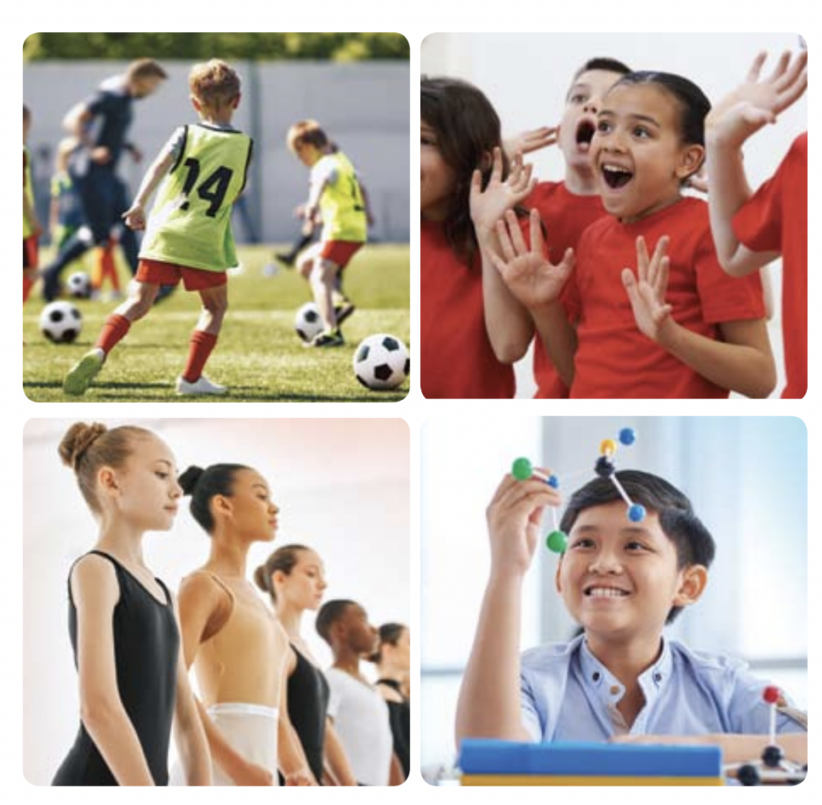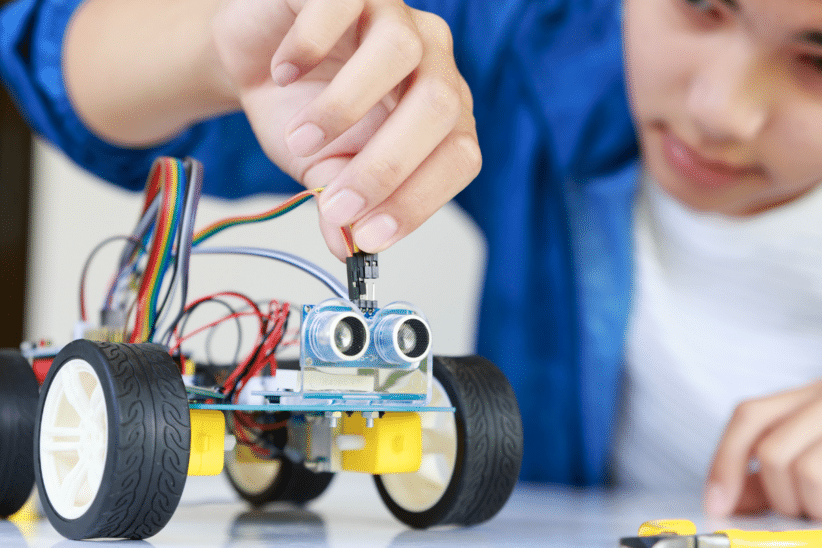Alan E. Kazdin, the director of Yale
University’s Parenting Center, is taking his findings
about parenting out of the field and into families’ homes. In his most recent
book “The Kazdin Method for Parenting the Defiant Child: No Pills, No Therapy,
No Contest of Wills,” his research-proven methods about parenting defiant kids
are broken down into understandable and effective steps for eliminating (or at
least lessening) bad behavior.
Why did you decide to write a book about defiance and parent-child relationships?
All of my career I have been writing for other professionals; I almost didn’t want to enter [the field of parenting books]. But I did because today’s parenting books are still filled with things that we know not to be true. Like, When your child is angry, if you understand [why] and they understand, they wont be angry anymore. False. That’s completely wrong. If this is what the public is getting and likes, there is no place for what I have to say. The equivalent would be to tell people to eat lard to protect their heart. Parenting books aren’t just saying benign, false things; they are saying things that make the behavior worse.
How do you define a defiant child?
One really should think of this as a continuum: problems like depression, anxiety, defiance, they work on a continuum. The defining point usually involves impairment, when the problem interferes with a person’s marriage, work, school, or family. In defiance, there is a point called oppositional defiant disorder. A defiant child exhibits extreme stubbornness and extreme tantrums and not listening, which interfere with performance.
Can you explain the Kazdin Method?
In professional circles, the Kazdin Method is referred to as Parent Management Training, and it is a very effective treatment. Most parents have a point charge program, and most fail, because they aren’t done right. My method includes the point system but also has much more. We use what we call the ABCs, which are the Antecedent, the Behavior, and the Consequences. The Antecedent is what a parent does before the behavior occurs; the Behavior is what a parent does that crafts or shapes the behavior; and the Consequences are the consequences. And this system can do wonderful things to change behavior. For example, a child has a really horrible tantrum — 45 minutes of throwing, hitting, screaming and the parent says, I cant praise him, so what can I do?
So we practice with the parents, and we say, “We are going to practice a good tantrum.” We say to the child, “‘m going to pretend to say you cant go outside, I’m not really saying this; its a game, its pretend, and you pretend to get angry with me, but don’t yell or hit.” And then the parents say to their child, “You can’t go outside to play,” and the child has a calm tantrum and says, “But I want to play!” The parent can then praise the calm tantrum, and the praise has to be done in a very special way, and very enthusiastically. The parent has to specify exactly what was done. There should be some nonverbal contact, like a pat on the head. So now parents can practice the behavior they want in real and simulated situations.
Do you have another example of how to turn a negative situation into a positive? Sure. Lets say you have two children watching television, and they are screaming. You don’t march in there and say, “Stop screaming! If you don’t shut up, I’m turning it off,” because that wont stop them for more than 10 minutes — there is no long-term result. Instead, when they are watching television nicely, you run in and say, “I can’t believe this, you guys are sitting here and being so nice sitting together, you are both so great.” You pat them on the head and walk out. A few weeks later, you don’t have to worry about it anymore.
At what age do these methods really start to be effective?
We have gone down to one and a half, and it works really well there.
How do your methods change when you’re talking about an older child or even a tween?Are they just variations of the same principles?
Absolutely, the same principle with modifications. For example, when you get to the teen years, the teens are too cool; they don’t want the effusive praise from their parents. So you tone it down, give your 15-year-old girl a high five in the air without touching her, something like that.
Is there a danger in too much praise? Could parents give their kids unrealistic expectations as to how people are going to treat them in the real world?
No, no, no. Parents are not praising nearly enough. It’s not vacuous praise; its to get a behavior. Can you drink too much milk and end up drowning? It’s possible, but no one seems to be doing that. Praise does not hurt or harm, and parents aren’t praising the way research suggests they should. Praise secures a child’s bond with a parent. It doesn’t mean you’re always saying, “Great! Good boy!” You find the behaviors you want and give them praise that builds these behaviors.
You say that yelling and screaming at a child is almost never a good idea. But are there situations in which showing emotion would help teach a child the severity of his actions, rather than having parents keep their emotions bottled up?
No. Parents might say, “I’m just preparing the child for everyday life.” But there is no one that a child will depend on as much as the parents for the rest of his or her life, and to have that person show so much anger? Also, a parent is always modeling behavior for a child. There have been studies that prove that children discipline their peers the way a parent disciplines them. If a parent shouts at a child to discipline, that’s how the child will discipline his peers. Parents are teaching even when they’re not.
What is one common misconception that parents have about discipline?
The main one is punishment. Punishment is so well studied. What we have learned is, first, that it doesn’t teach the child what to do the positive behavior you want, and it also doesn’t get rid of the behavior you want to get rid of. Also, it creates side effects that no one wants: being aggressive, wanting to escape or avoid the punisher, showing intense emotional reactions like crying, shouting, getting angry. And then parents will say, “You should be upset for what you’ve done!” That has nothing to do with the child learning anything. I am against punishment not for some high moral ground, but because the research is there. Be careful, because punishment has all sorts of traps for a parent.
You say that sitting down with your child and discussing their bad behavior is not effective, but isn’t it important to develop understanding of the difference between right and wrong in general, as opposed to positive reinforcement for isolated incidents?
It’s not a way to change behavior. For example, a couple knows each others’ pet peeves, but it doesn’t stop them from doing it. There isn’t a smoker in the world that doesn’t know smoking is bad for him or her. But knowing it doesn’t change behavior. And isolated incidents are the best way to teach the principle, not the other way around. The principle is an intellectual, cognitive thing. You have a few incidents and out pops the general principle.
Do you think this method of positive reinforcement can work between peers, like in a marriage?
|
What a great question. It turns out it that the method is used in special education from preschool to college, in nursing homes, in the military in basic training to train behavior for new troops — it has been used in almost every setting. Some businesses even use it. So yes, I think its entirely possible.




















